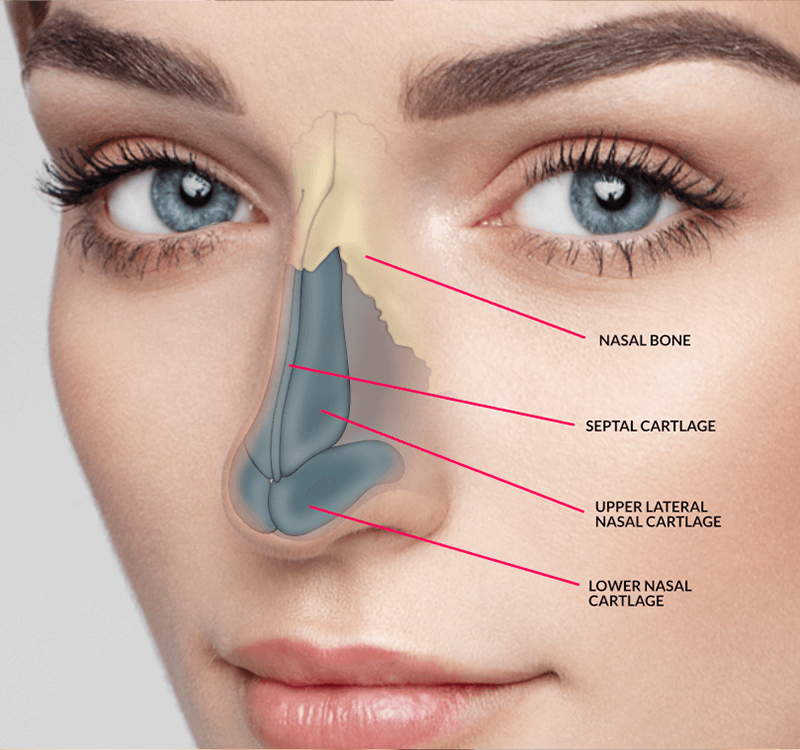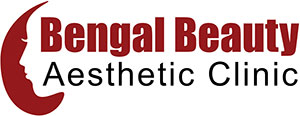Rhinoplasty (Non-Surgical & Surgical)
Rhinoplasty, commonly referred to as a "nose job," is a surgical procedure that involves reshaping or reconstructing the nose. It is typically performed to improve the appearance of the nose or to correct functional issues such as breathing difficulties.
During a rhinoplasty procedure, the surgeon may make incisions either inside the nostrils or across the columella (the strip of tissue between the nostrils) to access the nasal structure. The underlying bone and cartilage are then sculpted or augmented to achieve the desired shape and size.
It's essential to consult with a qualified and experienced plastic surgeon or facial plastic surgeon if you are considering rhinoplasty. They will evaluate your specific concerns, discuss your goals, and determine if you are a suitable candidate for the procedure. They can also explain the potential risks, benefits, and limitations associated with rhinoplasty based on your individual circumstances.

Non-Surgical Rhinoplasty:
Non-surgical rhinoplasty, also known as liquid rhinoplasty or non-surgical nose job, is a minimally invasive procedure that does not require surgery. Instead, dermal fillers are injected into specific areas of the nose to reshape or contour it. The most commonly used fillers are hyaluronic acid-based, and they can add volume, smooth out bumps or irregularities, and improve symmetry. Non-surgical rhinoplasty is a temporary solution as the effects typically last for several months to a year. It is a good option for individuals seeking minor adjustments or who want to test the potential results before considering surgical rhinoplasty.
Surgical Rhinoplasty:
Surgical rhinoplasty is a more invasive procedure performed by a plastic surgeon. It involves making incisions to access the underlying nasal structure, then reshaping and repositioning the bone, cartilage, and tissue to achieve the desired outcome. Surgical rhinoplasty can address a wide range of concerns, such as reducing or increasing the size of the nose, refining the nasal tip, straightening a crooked nose, correcting a deviated septum, or improving breathing function. The procedure is typically performed under general anesthesia, and recovery time can vary, with swelling and bruising lasting several weeks to months.
